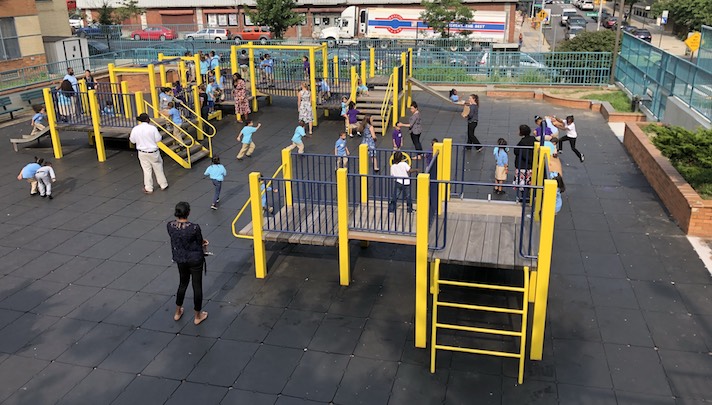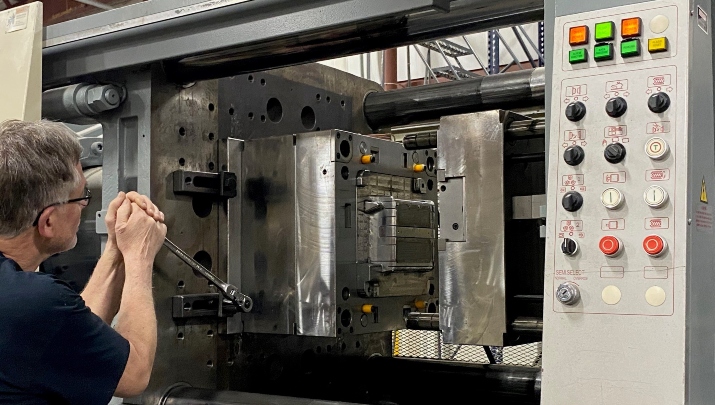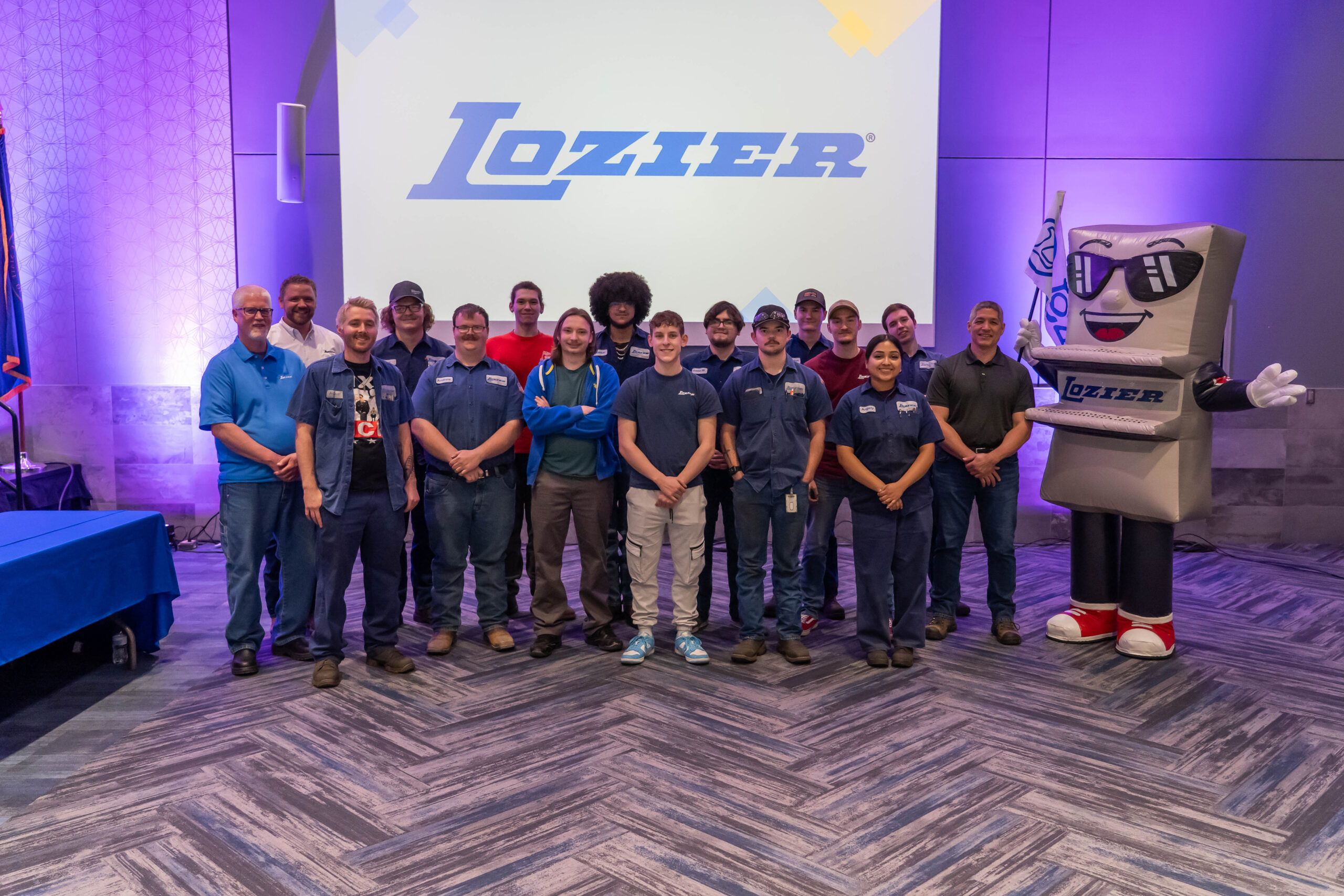

When It Comes to Success, There Is No Checklist
- Meghan Mackay
- Zeta Charter Schools
I am a lifelong educator, committed to ensuring that every child has the opportunity to choose the life they want to lead. It all starts with immersing them in an excellent school experience. My first job after college was at an alternative school for students who had been expelled from other institutions. The soundtrack of that school was people screaming at one another. It was not a good place for children.
This experience 25 years ago, and my inability to make change in that toxic environment propelled me to pursue a graduate degree in education, and, ultimately, to a career in teaching, leadership, and program development for schools in underserved communities. Throughout my career, I have been guided by the revelation that when everyone really intentionally thinks about what children need to thrive—and the unique types of support their circumstances may require—we can truly change lives.
But changing lives is not accomplished by checking boxes or following a blueprint for academic success. Anyone can follow instructions in a playbook; it’s when culture and values are brought to life every day by the players and the coaches on the field—the teachers, the administrators, the leadership—that students surpass expectations. In the most engaged, successful academic settings, people literally breathe the culture.
From 2012 to 2017, I served in several roles at Success Academy Charter Schools (SA), the largest and highest-performing free, public charter school network in New York City. There are no tests to get into the schools, and students are admitted by lottery. In 2017, 95 percent were proficient in math and 84 percent were proficient in literacy, based on the scores from the New York State Test. That’s compared to a 40 percent proficiency rate in New York state and New York City. SA’s closest peers are the state’s richest school districts, though 73 percent of SA’s students are economically disadvantaged. The starkest contrast is this: when I was a principal in Harlem, 94 percent of the children in my school were proficient in math; our school was in the same school building with another public school, where only 7 percent of the students were proficient. Same neighborhood, same community, same building—vastly different results.
So what’s the difference? When professional development is threaded into the fabric of every day, it means leaders are having conversations with teachers about the impact of effective instruction, studying student work and planning together, then coaching and giving feedback, to ensure all students are being held to high standards. This People First approach is hands-on, and there’s an obsession with practicing and honing because it’s motivating to get better every day and to grow. This culture of mentorship, where leaders are consistently engaging in observing, evaluating, and providing a cycle of rapid, bite-sized feedback is transparent and normalized. It’s understood among team members that a principal’s role is to make junior leaders and teachers the best they can be, just as it’s a teacher’s job to ensure that each student finds success.
As your manager, I don’t want you to fall short of your goals; I want to push you to get there. I believe everyone can grow. You don’t always know what students need right away, but we work to get them there, and the same approach can be applied to teachers and to leaders. Throughout the organization, we should always be asking, what am I doing to make sure that my people are successful? A continual cycle of feedback and coaching, along with hundreds of hours of more formal training— core values, classroom management, curriculum planning, interpersonal communication skills, creating exceptional learning environments, time management, to name a handful— lead to consistent results from class to class. By listening for any challenges, observing and diagnosing, offering feedback to work toward a solution, we teach one another how to be better. This directly contradicts the cultural norm of most schools, wherein a visit from the principal to a teacher’s classroom is seen as a sign of failure.
Throughout my career, I’ve worked with many schools and educators who strive for the success we found at SA, but not many—if any—have been able to recreate the experience and achievement that lead to the same outcomes for students. They may implement similar curriculum, classroom processes, and facilities models—all items that can be captured in “checklists,” but that isn’t enough to achieve the same remarkable level of excellence. The difference is culture.
Successful school culture stems from a deeply ingrained Purpose: a tremendous confidence in the children, and the drive to provide them opportunity. All students, particularly those from underserved communities, should be offered the same opportunities to succeed in life as students attending the most advantaged private schools. The culture can be further developed by Pragmatic Innovation, which keeps us continually looking at curriculum, processes, protocols, and facilities to ensure we are truly creating opportunities for our students.
On a practical level, and much like a great manufacturing company would do, we look to ways we can innovate and improve processes to make our time with students as productive and efficient as possible. On a small scale, students in grades K-2 to wear shoes without laces because we’ve learned that when they do, teachers spend an inordinate amount of time tying shoes instead of teaching. We consistently ask, how do we maximize our time? This carries over to the design of the classrooms, where everything is strategically placed— collection bins for student work, backpack hooks and boot bins. The efficiencies also encompass what people repeatedly do— routines for passing out and collecting materials, giving quick directions using “economy of language,” using hand signals to communicate “I need some water” (crossed fingers in the air), or “I don’t understand that vocabulary word” (two fingers raised in a “V”), all of which avoids wasting time in order to maximize learning and creates a sense of urgency about all of the engaging work we have yet to do.
Finally, when everything comes together and culture becomes the air we breathe, our students develop something critical beyond academic achievement—they develop resiliency. This essential character trait isn’t measured by test scores, but it becomes their most valuable achievement. Because resiliency is what will keep them in college once they get there; resiliency is what will push them to work through challenge in work and in life. It is the intrinsic motivation that will help them succeed in a way that no textbook or curriculum can deliver. If we are able to develop that resiliency with academic achievement, then we have been truly successful.
So, while it may be fairly straightforward to replicate the operational checklists of an exceptional school, it’s only half the equation. The other half is the soft stuff—the critical cultural elements: belief in students and teachers, extensive training and mentoring on how to do one’s job well, continuous improvements throughout the organization, and encouraging and rewarding character. Without our culture, we would just have a bunch of lists.
Meghan Mackay has served for over two decades as an educator and education leader. She was Managing Director of Schools at Success Academy Charter Schools, as well as Managing Director of Programming for the Education Institute and Principal of Success Academy Harlem 5.She has also taught middle school and high school literature and writing, developed educational software and student information systems, written curriculum, and facilitated professional development for principals. She has helped found five high-performing charter schools in Boston, Trenton, and the Bronx. In 2018, Meghan, together with several former SA colleagues, opened Zeta Charter Schools, a new network of schools serving New York City children. She also launched an operating foundation, LeveragED Foundation, to bring expertise and capital to school networks that seek to optimize the implementation of instruction and professional development.
More Articles and Videos

Fireside Chat with Dave Thrasher, Dan Thrasher, and Dave Whorton
- Dave Thrasher, Dan Thrasher, & Dave Whorton
- Supportworks and Thrasher Group

Get Evergreen insight and wisdom delivered to your inbox every week
By signing up, you understand and agree that we will store, process and manage your personal information according to our Privacy Policy






